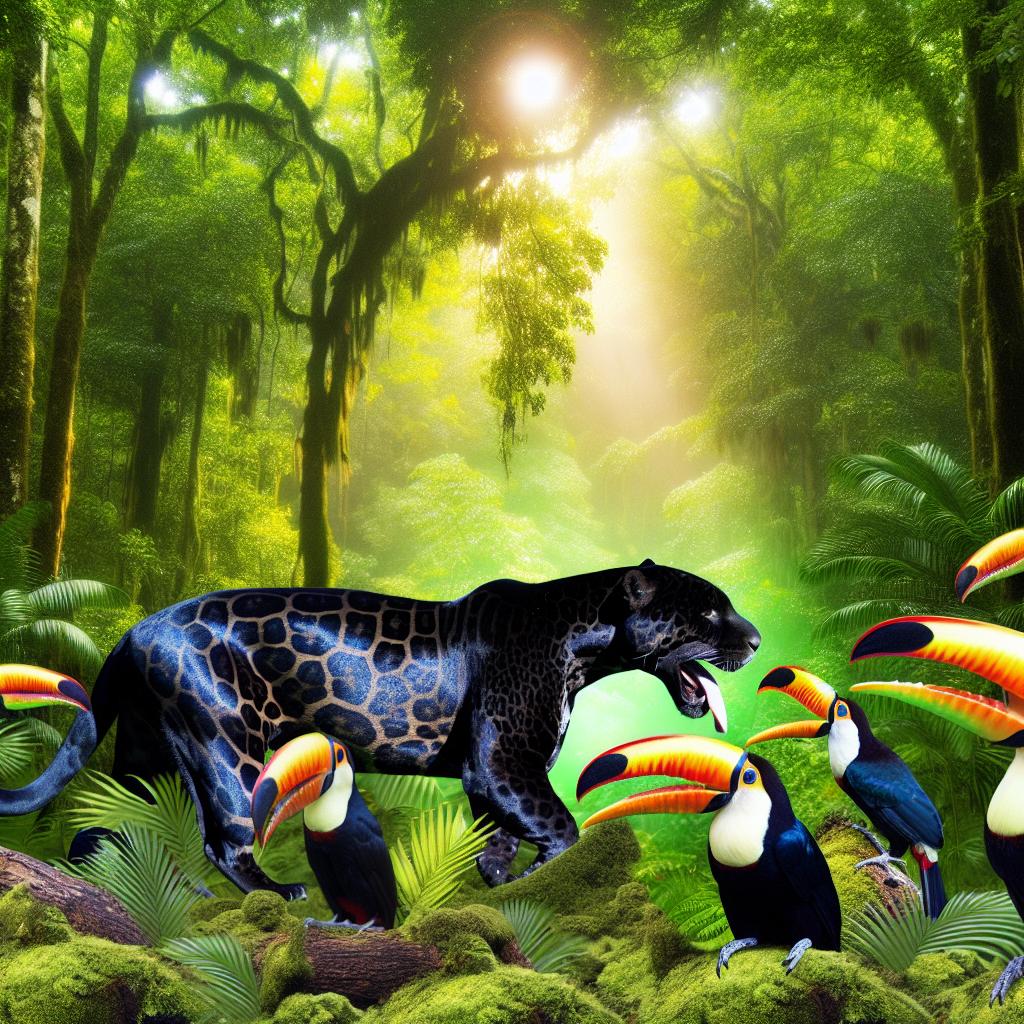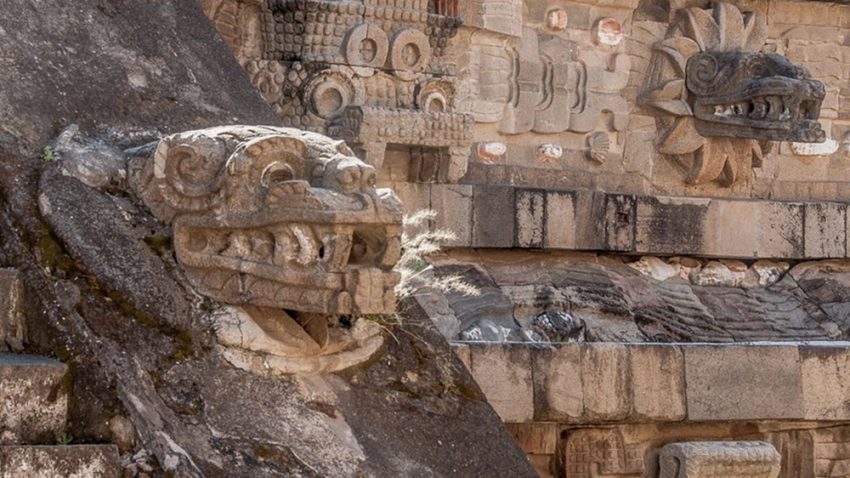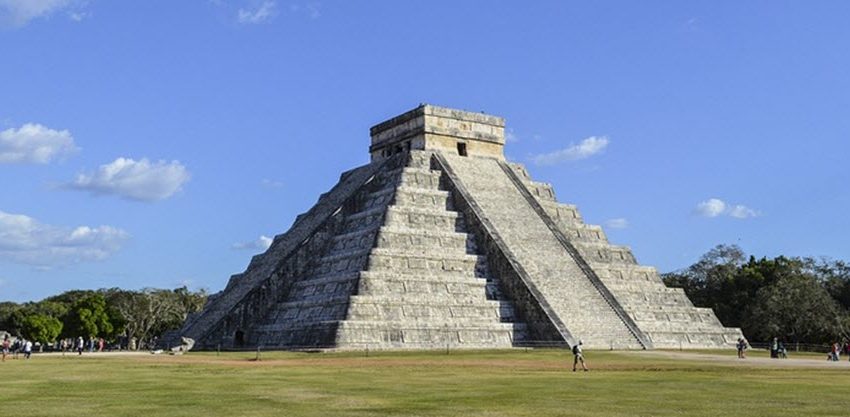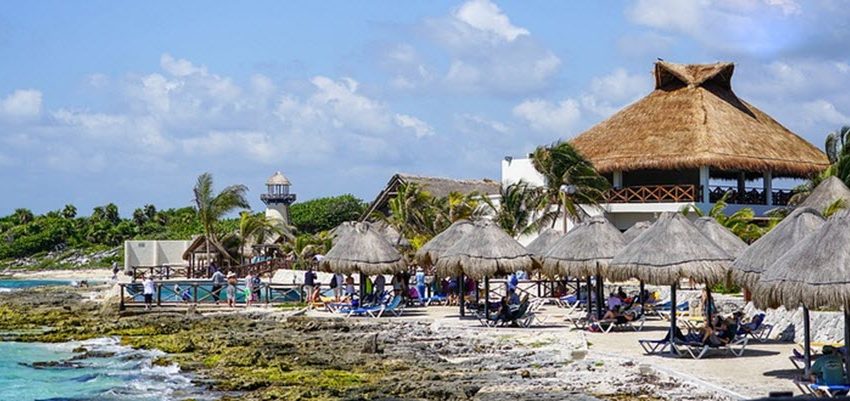The Rich Tapestry of Mexico’s Rainforests
Mexico is recognized globally for its remarkable biodiversity, with its rainforests being a particularly important part of this aspect. Home to a wide variety of plants, animals, and microorganisms, Mexico’s rainforests, especially those in the southern regions like Chiapas and the Yucatán Peninsula, contribute significantly to the Mesoamerican biodiversity hotspot. These ecosystems are essential not only for the life forms they harbor but also for the ecological processes they support.
Flora: Diversity and Adaptations
The plant life within Mexico’s rainforests is abundant and intricately adapted to the humid and nutrient-poor conditions. The towering trees, including the majestic mahogany, the ceiba, and the sapodilla, form a dense canopy that is crucial to maintaining the forest’s ecosystem. This dense layer not only helps regulate the forest’s temperature but also supports a complex community of other plant species by creating a shaded environment below.
Epiphytes, such as orchids and bromeliads, are especially common, utilizing their high vantage points to soak in the sunlight filtered through the canopy. These plants have evolved fascinating adaptations, such as large, broad leaves to maximize sun exposure and forming symbiotic relationships with a variety of insects and fungi, which aid their survival in such a competitive environment.
Various other plant species are also found here, each possessing unique traits that facilitate their survival and reproduction in the rainforest’s demanding environment. Some plants develop specialized root systems to extract limited nutrients efficiently, while others may rely on mutualistic partnerships with local fauna, such as bats and birds, for pollination and seed dispersal.
Fauna: A Wide Array of Species
The rainforests of Mexico serve as a haven for a myriad of animal species, providing essential habitat for wildlife, including a significant number of endemic species. The rainforest is home to endangered species such as the jaguar, Baird’s tapir, and the resplendent quetzal. Each of these species plays a critical role in the ecosystem—jaguars are apex predators, Baird’s tapirs are crucial seed dispersers, and the resplendent quetzal is an important pollinator.
Moreover, the forests’ diverse avian population, including toucans, parrots, and numerous hummingbird species, significantly enriches the biodiversity of the area. Birds often engage in symbiotic relationships with plants, aiding in pollination and seed distribution processes, which are vital for the regeneration of the forest.
Beyond mammals and birds, the forest is teeming with reptiles, amphibians, and a wide variety of fish species in the rivers and streams that traverse these rainforests. Each organism, from the smallest frog to the largest predator, contributes to the ecological balance, underscoring the importance of preserving these habitats.
Insect Life
Insects form a substantial part of the rainforest’s ecosystem, often overlooked yet incredibly vital. The diversity of insects ranges from vibrant butterflies, which are key pollinators, to industrious ants and beetles, which play significant roles in decomposition and nutrient cycling. These activities not only help break down organic matter into nutrients that return to the soil but also sustain the growth of new vegetation.
Spiders, bees, beetles, and countless other insects contribute to maintaining an ecological equilibrium within the rainforest. Their activities ensure the continued health of the forest, from pollinating plants to controlling populations of other species, demonstrating the complex interdependence present in these ecosystems.
Conservation Efforts
Unfortunately, despite their biological wealth, Mexico’s rainforests face significant threats due to deforestation, expanding agriculture, and the impacts of climate change. These activities lead to habitat loss and fragmentation, posing substantial risks to the biodiversity contained within these forests. As a result, conservation efforts are critical.
Various programs, including the establishment of protected areas and community-managed forests, have been introduced to safeguard these invaluable ecosystems. Organizations are actively working to implement sustainable practices that help preserve the ecological balance while allowing for environmentally conscious development. Initiatives focused on conservation initiatives emphasize local community involvement, enhancing the long-term sustainability of efforts to protect these areas.
In summary, Mexico’s rainforests are not only critical to the country’s natural heritage but also a key element of global biodiversity. They harbor an extraordinary variety of life forms and ecological processes that are essential for ecological balance and environmental health. Understanding and preserving these vibrant ecosystems is imperative for future generations, reinforcing their importance in a world where biodiversity faces increasing challenges.







